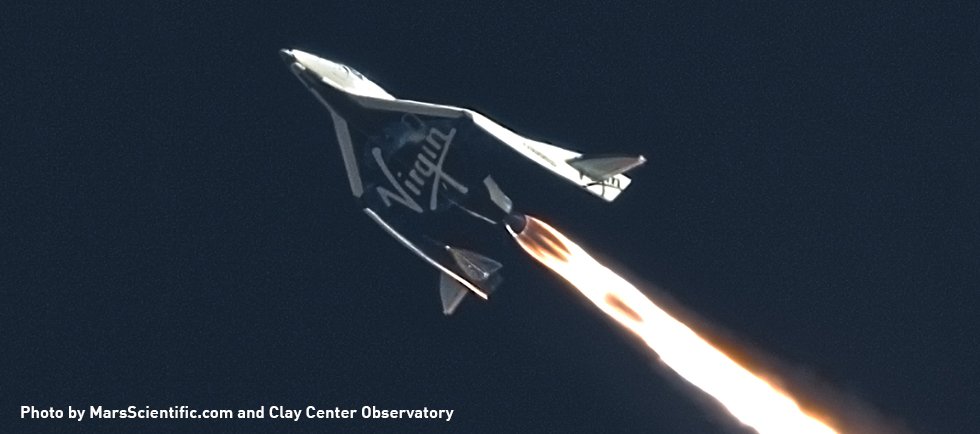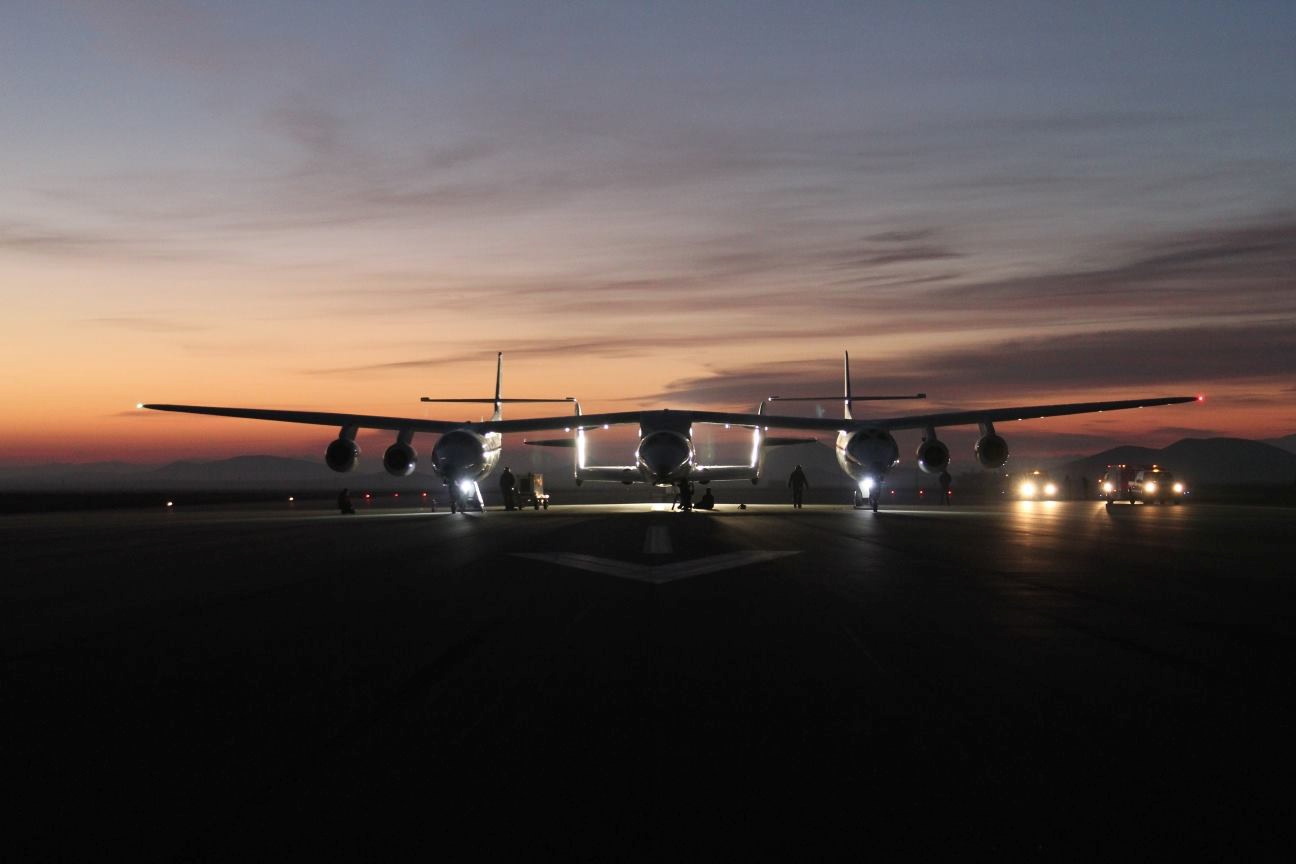Virgin Galactic's SpaceShipTwo Spacecraft Makes Highest Supersonic Test Flight Yet

Virgin Galactic's private reusable space plane reached new heights today (Jan. 10), setting a company altitude record in its third-ever supersonic flight test.
The rocket-powered commercial spaceliner, known as SpaceShipTwo, attained a maximum altitude of 71,000 feet (21,641 meters) and a top speed of Mach 1.4 — 1.4 times the speed of sound, which is 761 mph (1,224 km/h) at sea level — in the skies above California's Mojave Air and Space Port.
The successful flight keeps Virgin Galactic on course to start commercial service later this year, company officials said. [See photos of today's supersonic test flight]
"I couldn't be happier to start the New Year with all the pieces visibly in place for the start of full space flights," Virgin Galactic founder Sir Richard Branson said in a statement. "2014 will be the year when we will finally put our beautiful spaceship in her natural environment of space."
SpaceShipTwo took off this morning at 10:22 a.m. EST (7:22 a.m. local California time; 1522 GMT), ferried aloft by its huge WhiteKnightTwo carrier aircraft. At an altitude of 46,000 feet (14,021 m), WhiteKnightTwo dropped the spaceliner, whose rocket engine burned as planned for 20 seconds, sending SpaceShipTwo higher than it's ever been before.
Today's flight also marked the first rocket-powered test with Virgin Galactic chief pilot Dave Mackay at the controls. Mackay and copilot Mark Stucky tested out SpaceShipTwo's fine-maneuvering ability and its "feathering" re-entry system during the flight, Virgin Galactic officials said.
SpaceShipTwo's two previous rocket-powered test flights took place in April and September of last year. Virgin Galactic has also performed more than two dozen unpowered "glide flights" with the vehicle.
Breaking space news, the latest updates on rocket launches, skywatching events and more!
SpaceShipTwo is designed to carry two pilots and six passengers on s uborbital spaceflights. Passengers won't complete a full orbit of Earth, but they will experience a few minutes of weightlessness and see views of Earth against the blackness of space, company officials say.
Tickets to ride the spaceship cost $250,000 each. To date, more than 600 people have put deposits down to reserve a seat.
SpaceShipTwo was designed and built by the aerospace firm Scaled Composites, which also constructed the vehicle's predecessor, SpaceShipOne. SpaceShipOne won the $10 million Ansari X Prize in 2004 after becoming the first private craft to fly people to space and back twice in the span of a week.
Follow Mike Wall on Twitter @michaeldwall and Google+. Follow us @Spacedotcom, Facebook or Google+. Originally published on SPACE.com.
Join our Space Forums to keep talking space on the latest missions, night sky and more! And if you have a news tip, correction or comment, let us know at: community@space.com.

Michael Wall is a Senior Space Writer with Space.com and joined the team in 2010. He primarily covers exoplanets, spaceflight and military space, but has been known to dabble in the space art beat. His book about the search for alien life, "Out There," was published on Nov. 13, 2018. Before becoming a science writer, Michael worked as a herpetologist and wildlife biologist. He has a Ph.D. in evolutionary biology from the University of Sydney, Australia, a bachelor's degree from the University of Arizona, and a graduate certificate in science writing from the University of California, Santa Cruz. To find out what his latest project is, you can follow Michael on Twitter.

